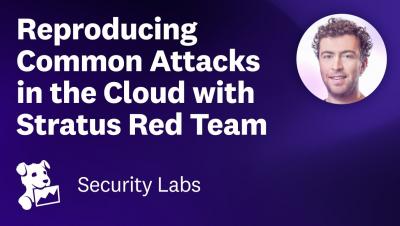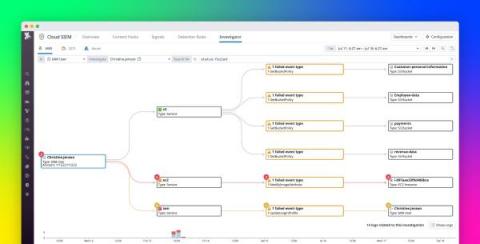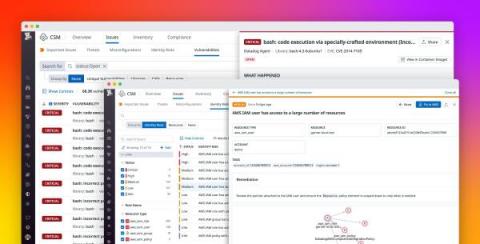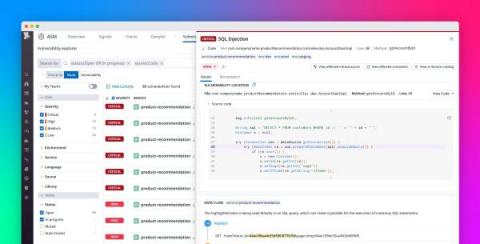Automate incident response and security workflows with Blink in the Datadog Marketplace
Security and DevOps engineers often spend a lot of time and effort creating and managing complex, repetitive workflows, such as incident response, honeypotting, recovery and remediation, and more. Blink is a no-code security platform that enables users to create workflow automations, triggers, and self-service apps to streamline processes, better enforce guardrails, and eliminate operational bottlenecks.












